Vyangyavyakhya: The Aesthetics of Dhvani in Theatre
The doctrine of dhvani that was expounded by Anandavardhana in the ninth century AD in Kashmir received much acclamation in the south. Kulashekhara, a royal dramatist of Kerala, applied the concept to the theatre of his time. His performance text is the Vyangyavyakhya, comprising two dramas, Subhadradhananjaya and Tapatisamvarana. Kulashekhara himself enacted the roles of characters and demonstrated his innovative notion about performance. The texts encapsulate the history of classical theatre in Kerala. This volume presents the performance texts of Subhadradhananjaya and Tapatisamvarana, in a manner that would be intelligible to modern scholars and students.
The book examines in-depth the Sanskrit theatre till the tenth century AD. Eminent scholars take up aspects of the Vyangyavyakhya in the introduction to the book. The work describes the circumstances that led to the composition of the Vyangyavyakhya, the main characters, and the retrospective narrations that at times blossomed into full performance texts, illustrating the concept of the author that the dramatic text is only a seed from which there can be further growth. The epilogue analyses the impact of Kulashekhara in the evolution of the classical theatre of Kutiyattam, Krishnattam, Kathakali and Mohiniyattam. An attempt is also to view the contributions of Bhasa, in particular his Mahabharata plays, from a new perspective. It emphasises Bhasa’s emphasis on the world of the subalterns, the marginalised who were condemned to hide in the bye-ways.
Get it now and save 10%
BECOME A MEMBER

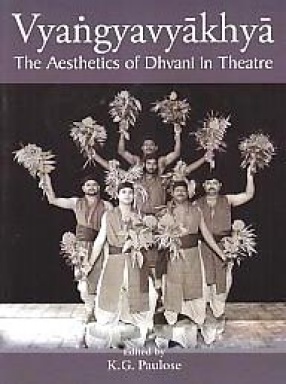

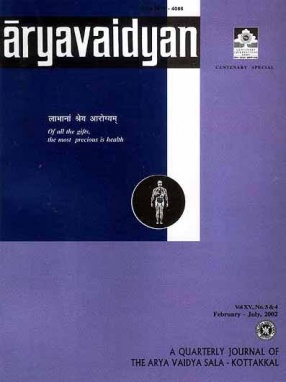
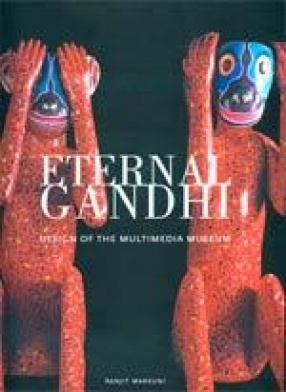
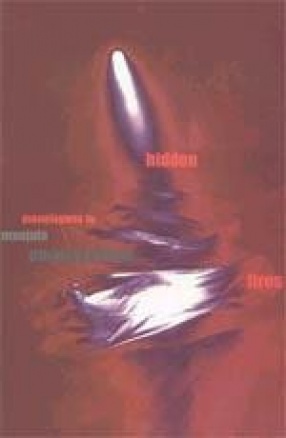
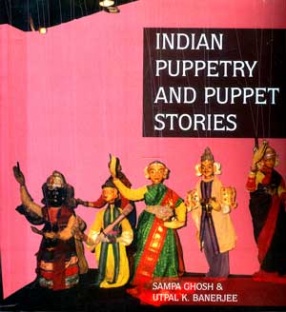
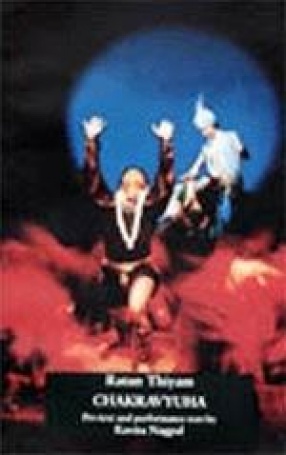

Bibliographic information